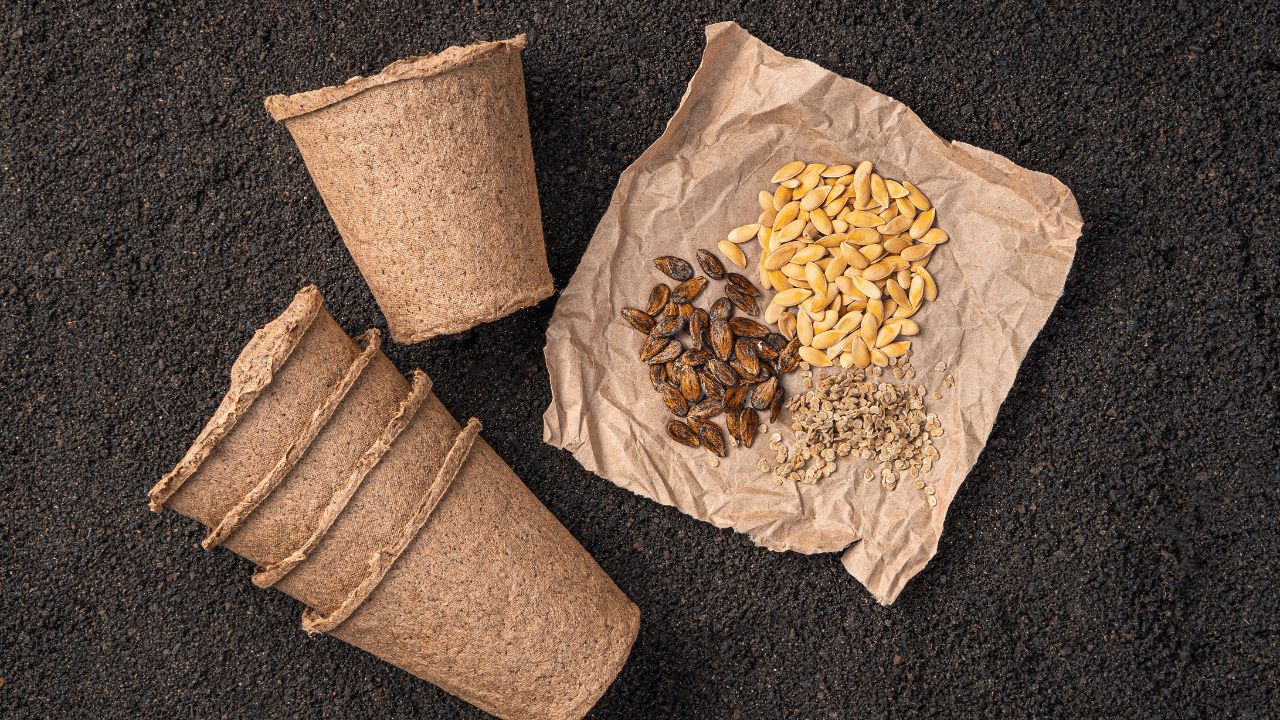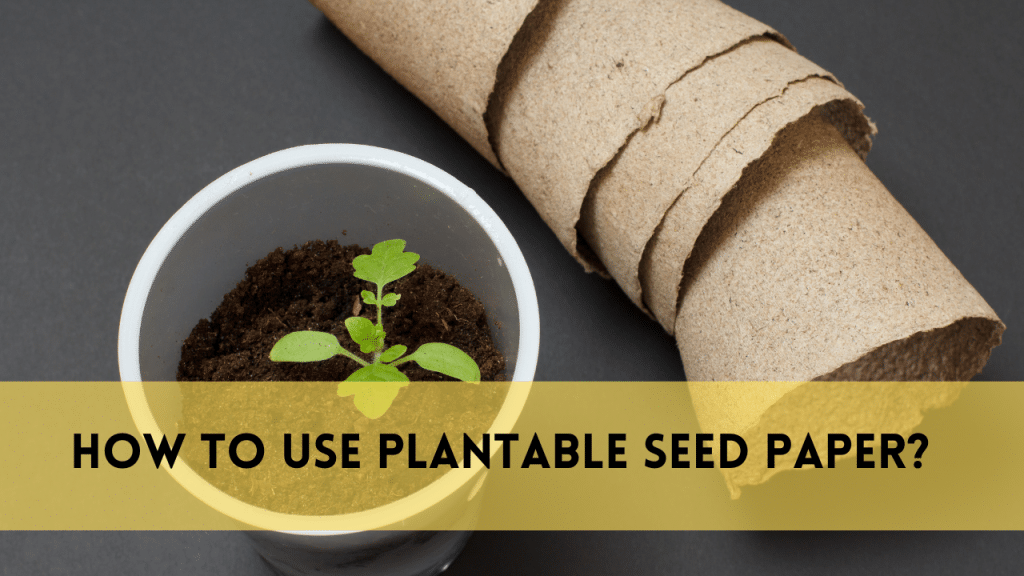Plantable seed paper is a unique and environmentally beneficial product that combines the usefulness of paper with the ability to grow into plants. This article explains how to use plantable seed paper correctly, from selecting the suitable type to planting and caring for the seeds. Understanding the benefits and proper use of seed paper can help to create a more sustainable world.
What is Plantable Seed Paper?
Plantable seed paper is a biodegradable paper that contains seeds. When the paper is planted in soil, it decomposes, allowing the seeds to germinate and eventually grow into plants. This environmentally friendly alternative to traditional paper products is commonly used for wedding invitations, business cards, greeting cards, and promotional materials.
How to use plantable seed paper
Environmental benefits
Using plantable seed paper reduces waste and promotes environmental sustainability. Traditional paper products contribute to deforestation and waste, but seed paper decomposes organically and encourages plant development, resulting in a better Earth.
Versatile and creative
Plantable seed paper can be utilized in a variety of innovative applications. From invites to bookmarks, the options are limitless. Its distinct texture and look offer character to any project, making it practical and visually appealing.
Educational value
Plantable seed paper can be a valuable instructional resource. It teaches children and adults about plant life cycles, recycling, and sustainability.
How to Choose Plantable Seed Paper
Type of Seeds
Different types of plantable seed paper include various seeds, including wildflowers, herbs, and vegetables. When selecting seeds, consider your local environment and growing circumstances. For example, wildflowers are frequently a safe bet in many areas, whereas herbs and vegetables may demand more precise circumstances.
Paper Thickness and Quality
The thickness and quality of the paper can influence its success in planting. Thicker paper may take longer to degrade, while thinner paper may break apart more easily. Look for a balance that provides endurance while allowing for breakdown.
Ink & Additives
Ensure the ink and any additives used in the paper are environmentally safe and non-toxic. Chemicals can negatively impact seed germination and soil health.
How to Plant Seed Paper
Preparation
Soak the Paper: First, soak the seed paper in water for a few hours to soften it. This helps to break down the fibers and facilitates seed germination.
Prepare the soil: Select a suitable location with good-quality soil. If growing inside, use a pot with drainage holes and fill it with potting soil.

Planting
Place the Paper: Tear the seed paper into pieces and lay them on the soil’s surface. This ensures that more seeds have direct contact with the soil.
Cover with Soil: Cover the paper with a thin layer of soil. Too much dirt can prevent seedlings from receiving the necessary light to germinate.
Watering: Keep the soil moist but not overly wet. Watering carefully and frequently ensures that the seeds receive adequate moisture to germinate. Overwatering might result in mold or seed rot.
Sunlight and Temperature
Place the seed paper where it will get lots of sunlight. Most seeds require at least 6 hours of sunlight each day. Maintain a warm temperature to promote germination and growth.
Caring for the seedlings
Watering
Continue to moisten the soil while the seeds germinate and develop. As the seedlings grow, the watering frequency is lower to avoid overwatering.
Thinning
To avoid overpopulation, thin the seedlings once they have reached a few inches tall. This helps the remaining plants grow stronger and healthier.
Fertilizing
Use organic fertilizers to offer vital nutrients to growing plants. Avoid chemical fertilizers, as they can harm young plants and the environment.
Creative Uses for Plantable Seed Paper
Wedding invitations
Plantable wedding invites will make your special day even more unforgettable. Guests can plant the invitations and produce gorgeous flowers, herbs, or veggies as a memento of your event.
Business cards
Stand out from the crowd by using eco-friendly business cards. They will not only make an indelible impact but will also promote sustainability.
Greeting cards
Send a thoughtful message with a plantable greeting card. It’s a gift that keeps on giving and is appropriate for every occasion.
Promotional materials
Businesses can demonstrate their dedication to sustainability by using plantable seed paper on brochures, flyers, and other promotional materials.
FAQs
What sort of soil is ideal for planting seed paper?
The best soil for sowing seed paper is well-drained potting soil. It should be rich in organic stuff and chemical-free.
How long do seeds take to germinate?
The germination period varies with the type of seed utilized. Seeds typically germinate between 1 to 3 weeks.
Can seed paper be planted inside?
Yes, seed paper can be planted inside. Use a well-drained container and place it in an area with lots of sunlight.
What if the paper doesn’t decompose?
If the paper does not degrade, it could be because it is too thick or lacks moisture. Before planting, ensure that the paper is thoroughly soaked and that the soil is continually moist.
Is plantable seed paper safe for the environment?
Yes, plantable seed paper is biodegradable and environmentally beneficial. It decomposes naturally without harming the environment.
Conclusion
Plantable seed paper is a unique invention that combines the convenience of paper with the advantages of planting. By selecting and using seed paper wisely, you may help to create a more sustainable environment while enjoying the beauty of growing plants. Plantable seed paper provides limitless options and benefits for personal or business initiatives.




